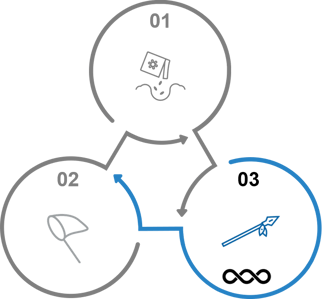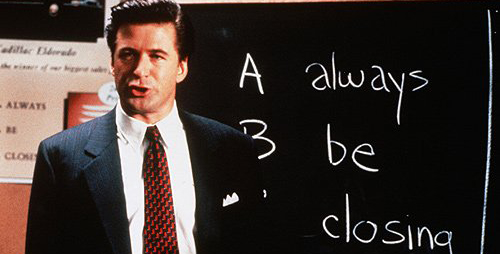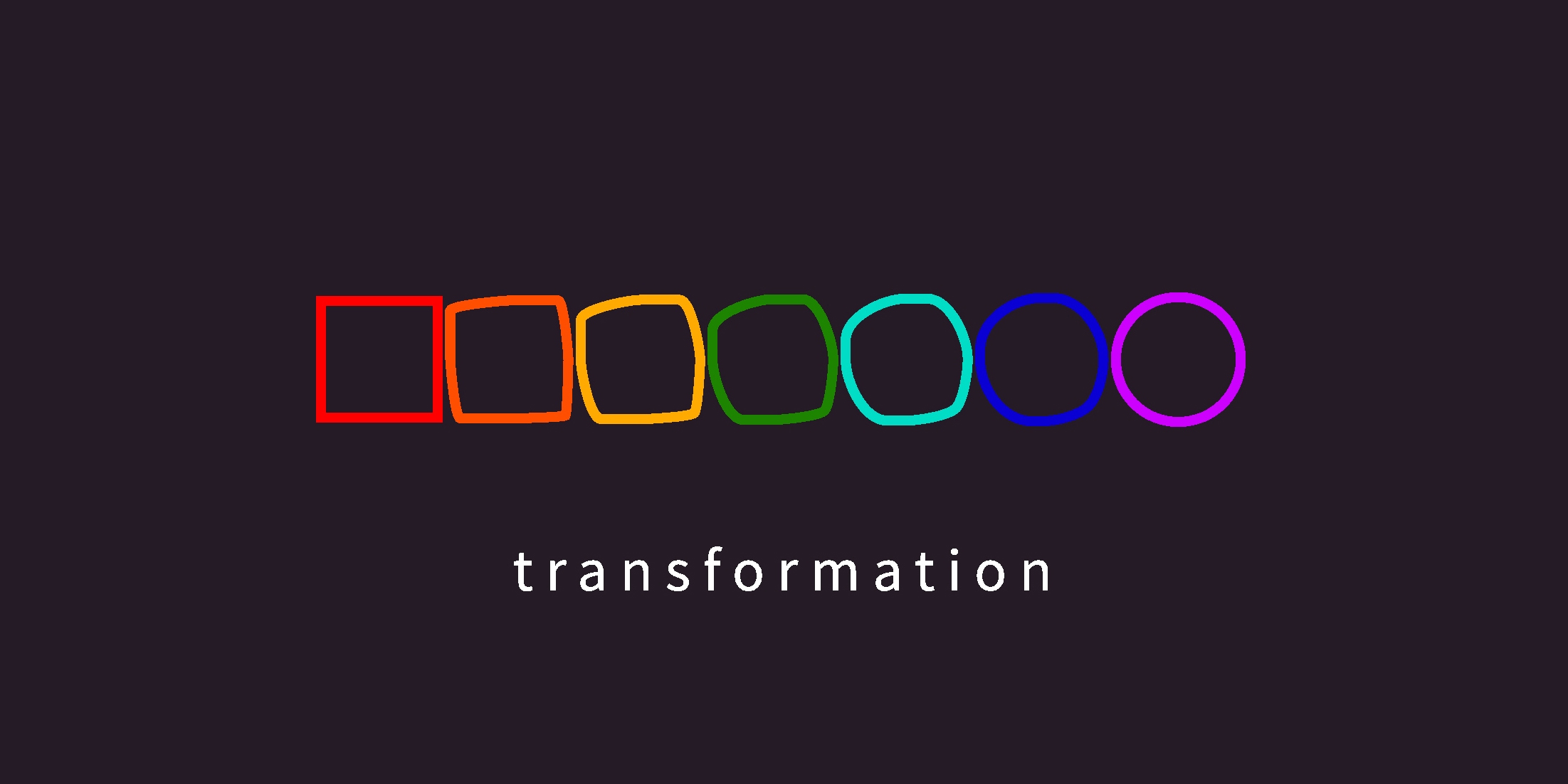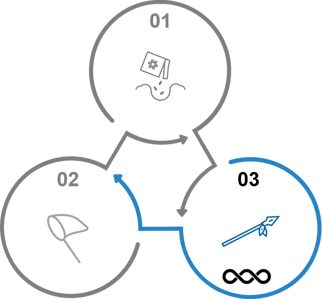How to salvage your cancelled corporate VIP event
Flexible strategies to ensure that your sales & marketing efforts still deliver in the wake of Covid-19
The recent pandemic, economic slowdown, and accompanying uncertainty have resulted in a temporary interruption in how enterprises procure technology solutions. However, this doesn’t mean that vendors should view them as a lost cause for the upcoming fiscal year. Quite the opposite actually, as many of these businesses are currently maneuvering themselves into their best positions to emerge from the pandemic stronger than ever.
Getting businesses to make purchasing decisions during these challenging times requires a focus on understanding the customer’s perspective (and all of the unique challenges that each business and buyer persona will have), along with a willingness to push prospects to make beneficial changes. The organizations that invest time into their prospects during this period of disruption won’t be forgotten. After all, 53% of customer loyalty is driven by the sales experience — this can be a larger factor in making purchasing decisions than brand, product, or price.
Leading sales organizations can rebound powerfully following this period of temporary uncertainty by implementing operational frameworks that take into account the customer’s perspective. Adopting a buyer-centric sales philosophy is the key to winning in an age where buyers are empowered more than ever. To this effect, we suggest that Gartner’s Sense Making and Challenger approaches are the most suitable for B2B selling organizations during times of crisis and otherwise.
Who Buys?
There are 2 kinds of buying organizations:
1.) Those who can make purchasing decisions right away
2.) Those who have some kind of need but don’t know what actions to take
In this first group, there’s an active reason to purchase the vendor’s solution. These organizations are ready to move forward because they have already identified their pain points/goals/targets, developed a corrective course of action, internally coordinated amongst various stakeholders, and done a considerable amount of their research.
This would be great if the vendor’s solution existed in a vacuum. However, the challenge for sellers in this scenario is that the competitive aspect of closing increases. A buying organization with an active procurement initiative will inevitably be in contact with several different vendors with competitive solutions/products. Those competitive engagements will be at varying stages of maturity and, in some cases approaching them at this point will be too late.
In the second group, there’s a reason to purchase the vendor’s solution—this could be some kind of a pain to solve for, an initiative to improve performance, a need to mitigate risk, etc—but the buying organization has not fully conceptualized how to address these issues. These prospective buyers require vendors to guide them into taking the right steps. This is accomplished through a period of nurturing.
In these cases, the challenge comes from a different kind of competition: doing nothing. For prospects who are trying to make sense of an overwhelming amount of information, sellers will need to adopt a consultative role and help them process their options. For prospects that are set in ways that aren’t the most optimal, they will need to be challenged to make improvements.
Neither of these groups are easy targets and each comes with a specific set of challenges for selling organizations. This is one of the main reasons why B2B companies should adopt a uniform approach to sales/marketing outreach and align each team that’s responsible for the various funnel stages, from the first discovery calls to when the papers are drawn up. The purchasing decision will go to the vendor that does the most to shape the buyer’s vision of their future.
Combining the Challenger and Sense-Making Approaches
Selling organizations can win these competitive situations by blending the Challenger and Sensemaking selling approaches. These 2 approaches were developed by Gartner to help sellers manage the evolution of complex sales cycles and win even during times of global crisis.
Gartner and CEB Inc. invented the Challenger model following the 2008 financial crisis, where a severe economic downturn hampered B2B procurement. This approach relies on directing the prospect’s attention to an unknown problem or opportunity within their business that the vendor is uniquely positioned to solve. The goal is to fully understand the customer’s current beliefs or assumptions, expose flaws or misinformation, and present a new, ideal course of action. In pushing the customer to make decisions and beneficial changes within their companies, a challenger must understand the prospect’s business and invite constructive tension.
Challengers tailor their approach according to the customer’s values, pains, and economic drivers. It’s not just the sellers who must challenge the prospects on how they view their course of action. Another focus for sellers is finding an internal champion who understands their problems and goals and has developed the wherewithal to act upon them and influence other stakeholders. To win today, sellers must equip these kinds of buyers with the insights and tools that they need to get internal consensus to start making positive actions. These types of prospects are known as the “Challenger Customer”.
The Sense-Making approach is not an alternative but rather a complementary style. It’s predicated on diagnosing challenges, collaboration, and helping customers develop a clearer view of how to achieve their own goals. The Sense-Making approach helps sellers create greater confidence in prospects to make beneficial purchasing decisions. This entails helping them sort through an overabundance of seemingly high-quality information in the marketplace, putting it in the context of the buyer’s unique situation, and working together to find the right solution.
Sense-making requires that the selling organization take charge of the entirety of the purchase experience, where the goal is to help the customer reconcile conflicting information, take stock of all variables, and rationalize how it applies to their situation. Sellers require a muscular empathy for the prospect’s perspective and grasp the likely frustration that a lengthy purchase process can inflict on both the customer individually and their organization. Sense-making sellers must be able to spot when prospects are getting confused or are on the wrong track and help them take corrective actions.
3 Types of Leads: Seeds, Nets, & Spears

Seeds: Customer referrals or prior relationships that come from reputation or word-of-mouth
Nets: Inbound marketing efforts to generate incoming leads
Spears: Targeted outbound efforts to proactively find and engage ideal prospects in order to build meaningful relationships
Nowadays, B2B buyers rely less on sellers to provide them with information before they make purchases and leading organizations must assist their customers by either helping them chart a course of beneficial action or challenge them to make improvements.
Qualification Frameworks: Modernizing BANT
Every sales qualification process operates around the same underlying principle—making sure that there’s a strong likelihood that the prospect’s organization will purchase the vendor’s solution. Evaluating the likelihood of purchase means that sellers need to find the right factors that determine a prospect’s decision-making process.
To assist with this, sellers utilize qualification frameworks as a rubric to determine which leads to invest time and energy into. IBM initially developed the BANT framework decades ago and modern selling organizations have adapted it to apply to new conditions and a buyer-centric landscape. One such adaptation is the CHAMP methodology. Where BANT stands for (Budget, Authority, Need, Timeline), CHAMP incorporates the same basic structure but emphasizes different components.
Challenges (Need)
Authority
Money (Budget)
Priority (Timeline)
Two important criteria to focus on here are ‘Challenges’ and ‘Authority’. These deserve extra attention because they are the two factors that are as equally important from the Target Account’s perspective as it is to the vendor. A buying organization can have a surplus budget and open-minded decision-makers but they will not make a purchasing decision without a strong reason for doing so. By emphasizing ‘Need’ at the forefront of the qualification process, selling organizations will have the correct tool to help the customer prioritize their list of ongoing projects.
Authority is next up in terms of priority because sellers need to determine how the buying organization makes decisions. This can be by committee, a single executive decision-maker, a suite of influencers, or the aforementioned ‘challenger-customer’.
Ultimately, CHAMP and BANT are virtually identical. You can view CHAMP as NABT, where 'Need' is the chief factor to identify and exploit. This emphasis is critical to moving your prospect from the early stages of engagement to the close.
What makes outbound ‘Spear’ leads stand out
For complex, transformative projects—where the buying organization needs to make deep, organizational changes—outbound “spear” leads become even more important. During this current economic challenge, many ideal target accounts may not have an immediate ongoing initiative to purchase a vendor’s solution. However, these same businesses will still be looking to make some kind of change to adapt and emerge stronger, even if they don’t know the exact steps that they should be taking. For B2B technology companies, McKinsey forecasts that “the COVID-19 crisis is likely to significantly accelerate the shift to digital and fundamentally shake up the business landscape.”
If there isn’t an ongoing initiative, sellers can still help customers create a vision, determine which priorities to focus on, and plan together for future success. For selling organizations, this means:
1.) Orienting account openers and account-closers around a Challenger/Sense-Making Model
2.) Engaging the right target accounts
3.) Adopting a buyer-centric perspective and identifying the prospect’s needs first
4.) Engaging the correct buyer persona (authority AND agenda, finding a ‘challenger customer’)
5.) Syncing up the vendor’s solution to the customer’s actual business situation
6.) Determining Budget and actionable steps
Both the openers and the closers should adopt Gartner’s Challenger/Sense Making model and view nurturing prospects as an end-to-end process, particularly for future customers who haven’t completely conceptualized their path forward. This framework is designed to help vendors position their solutions to apply to the customer’s actual business situation.
To move deals across the finish line, sellers must understand the buyer-centric perspective and determine the reason for the prospect to adopt a new solution. For customers who have a need but not a plan, sellers who utilize the Challenge/Sensemaker model can help escalate the level of urgency.
Why do ‘Need’ and ‘Authority’ come before 'Budget'? Identifying the budget component is important. However, it is not the singular aspect that leads to conversion. Even before this current crisis hit, companies never had infinite resources to invest in procurement. Within these buying organizations, there is always heavy internal competition for funding. Therefore, a vendor must find a challenger-customer who is willing to compete to get their project at the front of the line and then equip them with the right tools to ensure that they succeed. ‘Equipping them with the right tools’ means helping these internal champions plan out a course of actions that will lead to them getting their project to the finish line and the vendor’s solution purchased.
Conclusion
Nowadays, sales and marketing leadership face many challenges, particularly with how they allocate resources. B2B companies must balance focusing on deals with shorter, more immediate wins with developing and nurturing long-term opportunities. This is particularly the case with large complex deals connected to transformative initiatives, where the sales cycles are bound to be longer than smaller transactional ones.
Finding this balance will vary from situation to situation and from company to company, but a B2B organization that’s pursuing growth cannot avoid investing in outreach for long-term complex customer outreach. In conducting this outreach, the CHAMP qualification framework and the Gartner Challenger/Sense Making philosophies are necessary adoptions. When account openers and account closers are both specialized in these approaches, the final closing rate will increase along with the overall effectiveness of outbound campaigns.
If you’d like to learn more about how Infinityn blends the Sense Making and Challenger models, please get in touch with us for a consultation.

Filmmakers have romanticized the sales profession time and time again. Cinematic portrayals have deified, humanized, vilified and lionized the...

Helping your future customers advance from RPA initiative to great ROI By Kyle Hansen & Yuriy Koshulap

Lead Qualification & Complex Enterprise Sales Will the prospect progress through the sales cycle? That’s the question that every sales organization...

The business world is shaken by the repercussions of current events and those in the near past. With our economic conditions becoming more and more...

Introduction Although changes are governed by various factors, rapid industry evolution never stops. Whether internally or externally induced,...

Growth process outsourcing is BPO for complex sales and marketing processes. Business process outsourcing (BPO) is a familiar term for most in the...

Evolving the SDR Role The business landscape is in constant flux, and with it, the role of the Sales Development Representative (SDR) must evolve. As...

The beginning of the 2020s most definitely meant the beginning of a new era in many regards, including the world of business. Although exceptionally...

What’s the philosophy behind the technology of the most successful ABM programs? Answering this question was not the original intent when we set out...

While hiring at any organization, there are layers to the interviewing process, just to ensure the candidates have all the skills they need. But how...

What we call agile account-based marketing (AABM), is a newly emerging discipline. As such, the industry of marketing service providers - agencies...
